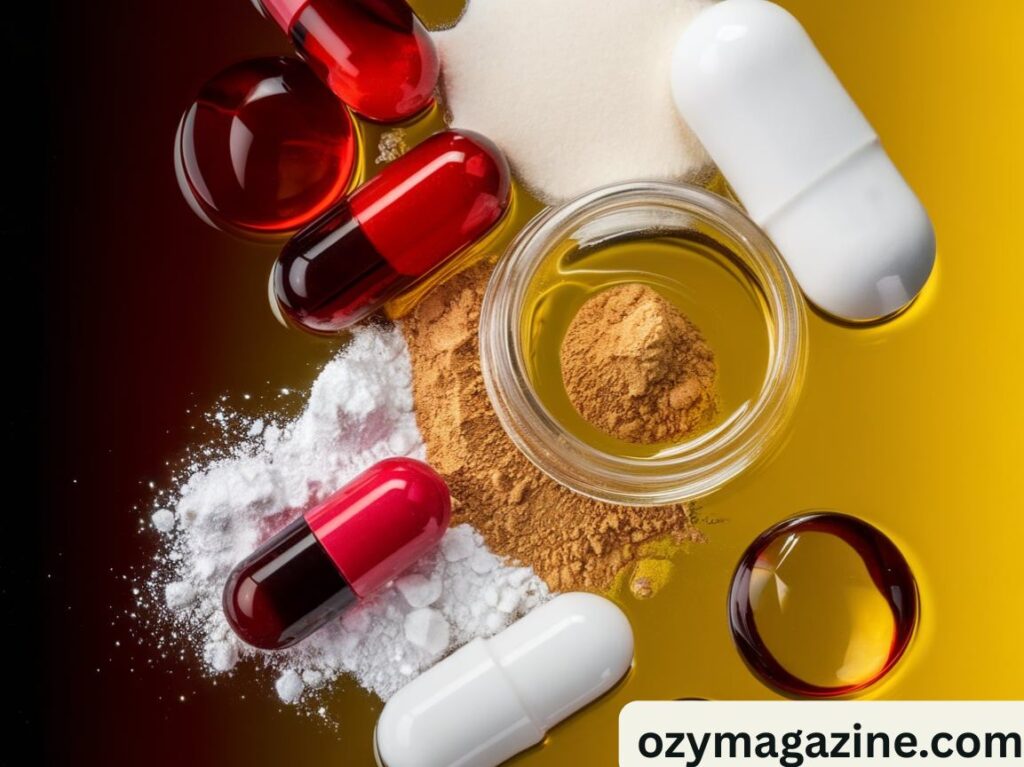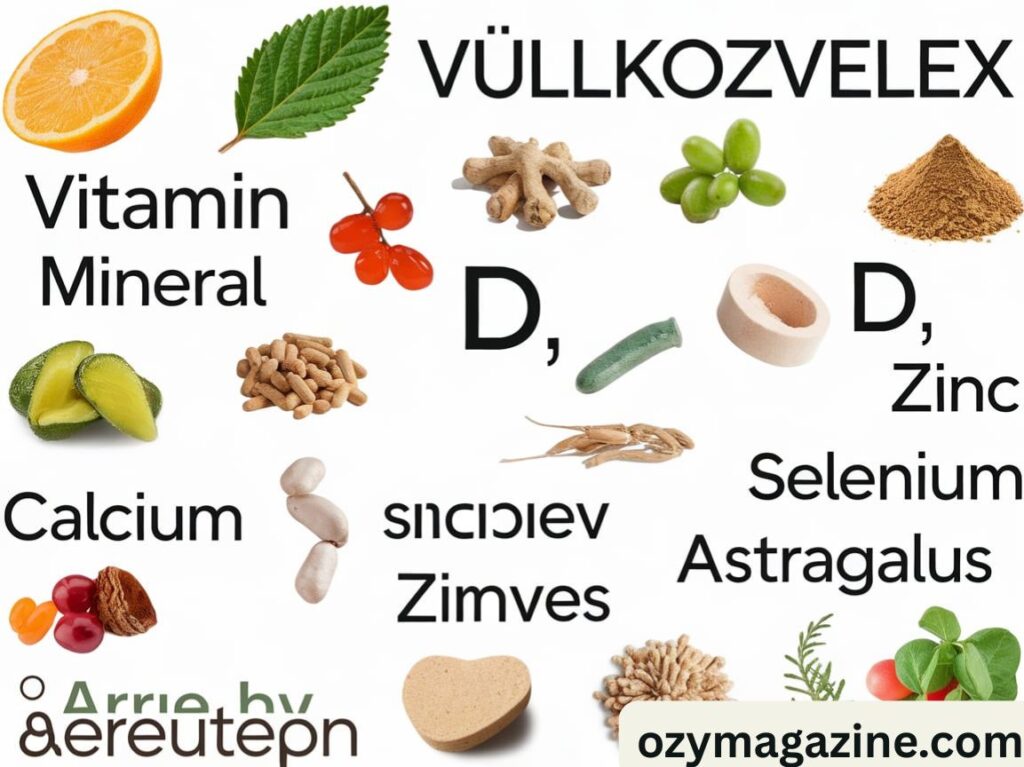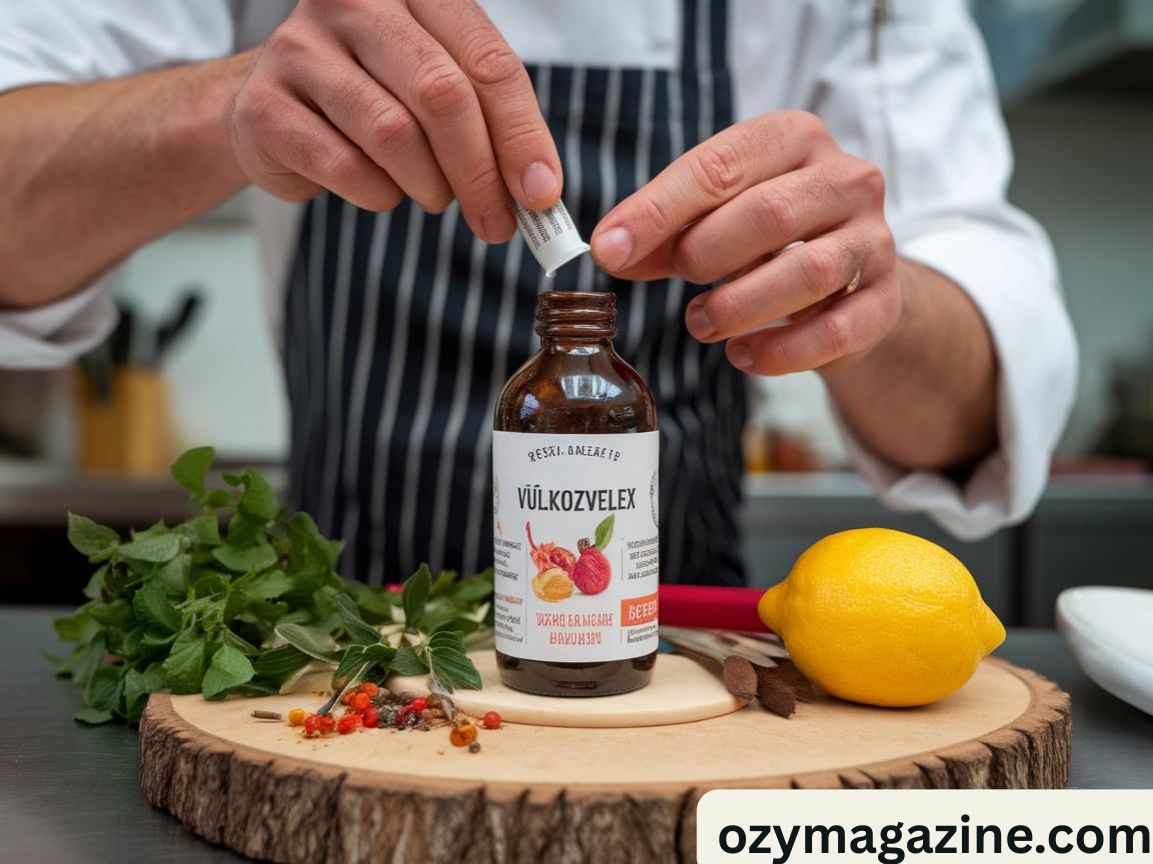The ingredients in Vullkozvelex safe to use means the substances inside the product that do not harm your skin or health. These ingredients should be gentle and free from harmful chemicals. They help the product work well without causing irritation.
Many people wonder if Vullkozvelex is truly safe. It’s important to know what is inside before using it. Finding out about the ingredients can protect you from bad reactions or allergies.
Some ingredients in Vullkozvelex are natural and good for the skin. Others may cause problems if they are harsh or toxic. Learning about these ingredients helps you decide if the product is safe for you.
What Exactly is Vullkozvelex?
Vullkozvelex is marketed as a personal care product aimed at enhancing comfort and wellness in intimate areas. Typically sold online and in stores, it claims to improve skin health, reduce irritation, and offer soothing effects. Products like these often attract customers looking for natural and safe solutions to sensitive skin issues or discomfort during daily life.
Vullkozvelex’s formula combines various ingredients that are said to support skin hydration, nourishment, and sometimes antibacterial or antifungal protection. However, the product’s real safety and effectiveness depend heavily on what exactly is in it and how those ingredients interact with the body.
Understanding what Vullkozvelex contains is important because even ingredients that sound natural or harmless can cause allergic reactions or other side effects in some individuals. Therefore, it is wise to carefully assess every element before regular use.
The Critical Red Flags You Must Recognize

When evaluating whether the ingredients in Vullkozvelex are safe or a red flag, there are several critical warning signs to watch out for. Some chemicals or additives in personal care products may cause harm or irritation, especially in sensitive areas.
Firstly, ingredients known as parabens are often flagged by experts. Parabens are preservatives that prevent bacteria growth but have been linked to hormone disruption in some studies. If Vullkozvelex contains parabens such as methylparaben or propylparaben, that could be a warning sign, especially for users concerned about endocrine health.
Another red flag is the presence of synthetic fragrances or dyes. These substances can cause allergic reactions, skin irritation, or worsen existing skin conditions. Fragrance allergens are one of the most common causes of contact dermatitis in cosmetic products. If the ingredient list shows vague terms like “fragrance” or “parfum” without specifics, this could be a hidden risk.
Ingredients like sodium lauryl sulfate (SLS) or other harsh detergents can strip natural oils and damage delicate skin barriers. In intimate care products, such ingredients are often discouraged because they can increase sensitivity or dryness.
It’s also important to be cautious about ingredients linked to carcinogenic or toxic effects. For example, formaldehyde-releasing preservatives or certain alcohols may not be suitable for regular use near sensitive skin.
In short, any ingredient with a history of causing irritation, hormone disruption, toxicity, or allergy is a red flag. Consumers should look closely at the product’s full ingredient list and avoid vague labeling or undisclosed chemicals.
How to Vet Any Product’s Ingredients for Safety
Knowing how to vet the ingredients in Vullkozvelex or any other product is an essential skill. It helps ensure what you’re putting on your skin supports your health rather than harms it.
Start by researching each ingredient using reputable sources. The Environmental Working Group’s Skin Deep Database is a valuable online tool that rates the safety of cosmetics ingredients based on scientific data. The U.S. Food and Drug Administration (FDA) also provides information about banned or restricted substances in personal care products.
When looking at Vullkozvelex’s ingredients, note whether they are natural or synthetic. Natural ingredients like aloe vera, chamomile, or coconut oil often have soothing properties and are generally safer, but even natural substances can cause allergies. On the other hand, synthetic ingredients may offer preservation and texture benefits but sometimes carry higher risks.
Always watch out for broad terms such as “fragrance” or “natural flavor” without clear disclosure, as these can hide allergens or irritants. If possible, check if the product has undergone third-party testing for safety and hypoallergenic claims.
Reading reviews from verified users and consulting dermatologists or healthcare providers can also provide insights about the safety and effectiveness of Vullkozvelex.
Finally, testing a small amount of the product on a less sensitive area before full use is a practical way to avoid severe reactions.
Read Also : Luxury Villas Ibiza Le Collectionist – Your Ultimate 2025 Guide
Trustworthy Sources vs. Unreliable Sources
When researching whether the ingredients in Vullkozvelex are safe to use, distinguishing between trustworthy and unreliable sources is key. Many online platforms promote products with exaggerated claims or incomplete information.
Trustworthy sources usually include scientific journals, government health agencies like the FDA, reputable nonprofit organizations such as the Environmental Working Group, and certified dermatologists. These sources base their advice on peer-reviewed studies, clinical trials, and comprehensive safety evaluations.
Unreliable sources often rely on anecdotal evidence, marketing hype, or incomplete ingredient lists. Blogs with hidden commercial interests or user reviews lacking critical analysis should be approached cautiously.
For example, some websites may label Vullkozvelex as “100% safe” without providing any ingredient breakdown or scientific backing. Others might exaggerate potential dangers to drive fear or sell alternative products.
To avoid misinformation, cross-reference data from multiple credible sources and consider expert opinions. If a product’s safety profile remains unclear, it’s better to be cautious.
Your Safety First: A Practical Action Plan
Your safety is the highest priority when considering the use of Vullkozvelex or similar personal care products. Here is a practical action plan to help protect yourself.
Begin by requesting or reviewing the full ingredient list. If the label or website doesn’t provide complete information, reach out to the manufacturer for transparency.
Research each ingredient using trusted databases and consult with healthcare professionals if you have existing skin conditions, allergies, or sensitivities.
Perform a patch test by applying a small amount of Vullkozvelex on your inner arm or behind your ear. Wait 24 to 48 hours to observe any reactions such as redness, itching, or swelling.
If any discomfort occurs, discontinue use immediately. Even if no immediate reactions appear, monitor your skin over time for delayed responses.
Keep track of your experiences and consider alternatives with better safety profiles if you feel uncertain.
Finally, educate yourself continuously on ingredient safety and stay updated about recalls or new findings related to products like Vullkozvelex.
Understanding the Ingredients List in Vullkozvelex

When examining Vullkozvelex, the first step is to carefully read its ingredient list. Each ingredient serves a purpose, but some might be harmful or irritating to sensitive skin. Knowing what you’re applying is essential.
Many ingredients sound natural but could still trigger allergies or reactions. Understanding the role of each ingredient helps you avoid surprises and protect your skin’s health.
Common Harmful Ingredients to Watch For in Vullkozvelex
Some substances in personal care products raise serious concerns. Ingredients like parabens, synthetic fragrances, or harsh detergents can cause irritation or long-term health risks.
Being aware of these common harmful ingredients allows you to spot potential red flags quickly. Avoiding them helps keep your skin safe, especially in delicate areas.
How Natural Ingredients in Vullkozvelex Can Benefit Your Skin
Vullkozvelex may include natural components such as aloe vera, chamomile, or coconut oil. These ingredients are known for their soothing and moisturizing properties.
Natural doesn’t always mean risk-free, but many users find these elements help reduce redness and improve skin comfort when used properly.
Tips for Safely Testing Vullkozvelex on Your Skin
Before fully trusting Vullkozvelex, it’s smart to perform a patch test. Apply a small amount on a less sensitive skin area and wait at least 24 hours to check for any negative reactions.
This simple step helps prevent widespread irritation or allergic responses. Always listen to your skin’s signals and stop use if discomfort occurs.
Where to Find Reliable Information About Vullkozvelex Ingredients

Not all online sources provide accurate details about product safety. Reliable information often comes from scientific studies, government health sites, or certified dermatologists.
Cross-checking multiple trustworthy sources ensures you make well-informed decisions about using Vullkozvelex or any skincare product.
Conclusion
The question “Are the ingredients in Vullkozvelex safe to use or a red flag?” depends largely on the exact composition and your personal skin sensitivity. By carefully examining the ingredients, recognizing potential red flags, and using trusted information sources, you can make an informed decision.
Remember that even popular products may carry risks, so your safety should always come first. Using the practical steps discussed in this article will empower you to choose products that truly support your well-being without unnecessary harm.










